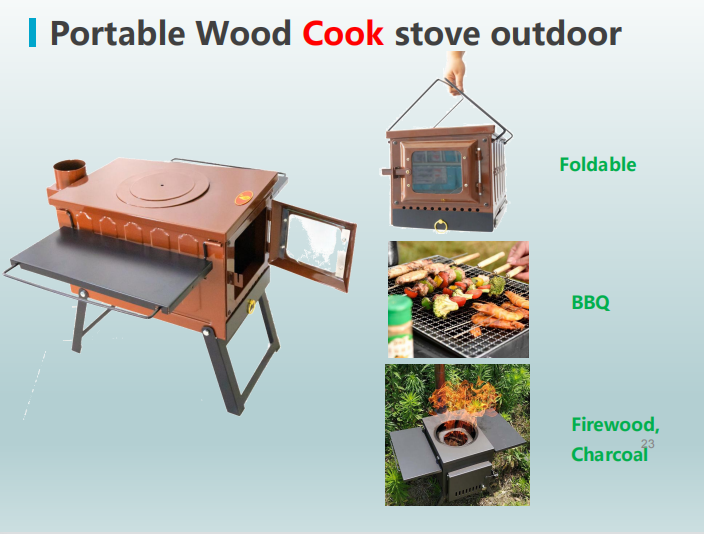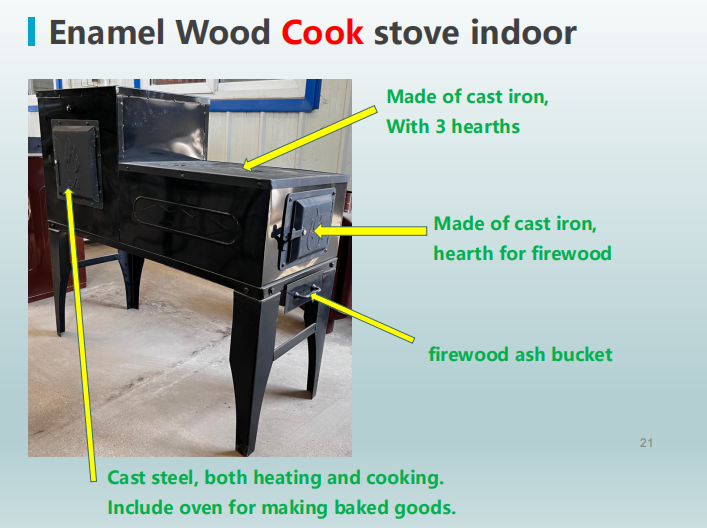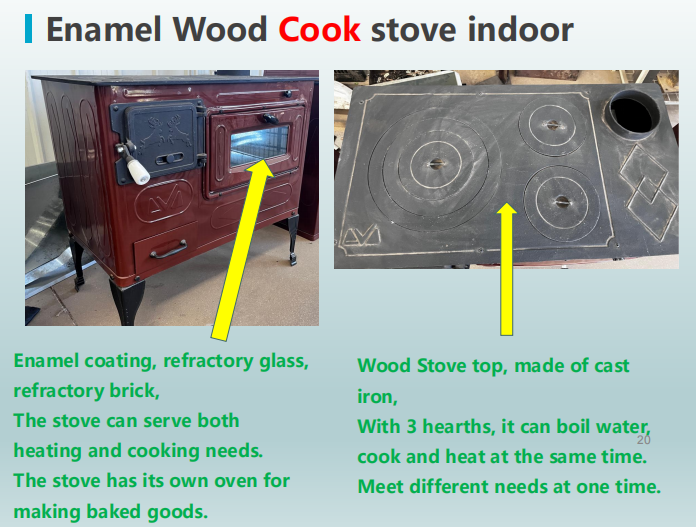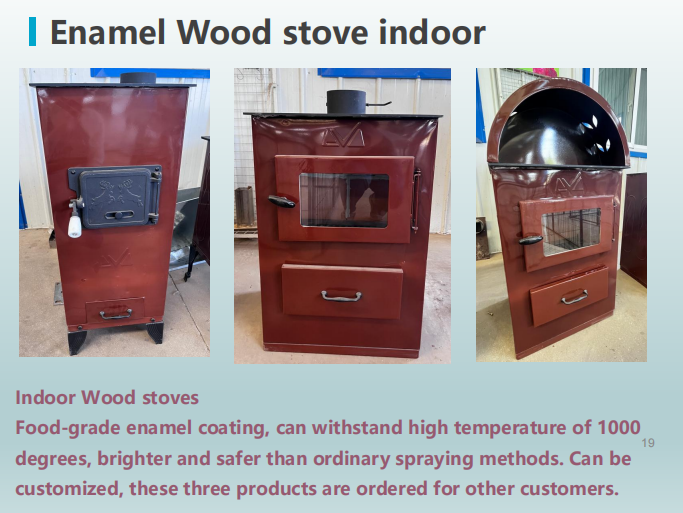Are you on the hunt for a wood stove , but are unsure if the heating unit is the right choice for your home? Well, you’ve come to the right place!
We know quite a bit about wood stoves. In previous blogs, we’ve compared wood stoves to pellet stoves and also discussed how best to choose between gas, wood, and pellet stoves for your home. In today’s blog, we’re going to explore both the advantages and disadvantages of wood stoves. We hope that it’ll help you make a more informed decision about whether one is a suitable investment for you.
The Pros
EXCEPTIONAL HEATING
Ask any homeowner what their favorite thing about their wood-burning stove is, and they’ll likely tell you it’s the quality of the heat. Wood stoves provide radiant heat, which means that these units give off powerful heat in all directions and can warm an area in your home faster and more efficiently than your home’s vent system.
MORE ECO-FRIENDLY
Wood is much more environmentally friendly when compared with the typical fossil fuels (oil and gas) you typically see in home heating units. Plus, wood is “carbon-neutral.” In wood’s natural state as a tree, it absorbed carbon dioxide from the atmosphere, so when it burns, it doesn’t add any additional carbon dioxide to the environment, maintaining a balance during combustion.
PLACEMENT FLEXIBILITY
While wood stoves are best placed where there’s a chimney, you can actually install one almost anywhere in your home (we just don’t always recommend it). As long as there’s a way to run a vent pipe to the outside of your home, a wood stove should be possible. The best part? With a few well-placed stoves, you can zone-heat any room or space and almost completely remove the need for a central heating system. Just ask our team about placement options and see what works best for you.
ECONOMICAL HEATING
Compared to oil, gas, or electricity, wood is an inexpensive fuel source that costs much less per BTU (British Thermal Unit). Plus, when you practice strategic zone-heating in your home, you can save hundreds of dollars in utility bills each year.
WORKS DURING POWER OUTAGES
Even if it’s not your primary heat source, if you live in a region with occasional power outages throughout the winter, a dependable wood stove is a valuable, self-contained heat source. Whether you’re primarily relying on a supply of gas or electricity in your home, with a wood stove as a backup option, you’ll be able to rest assured that you can keep your home warm around the clock.
COMPLIMENT YOUR DÉCOR
There’s just something aesthetically pleasing about having a lovely wood stove in your home. we have many beautiful models of wood-burning stoves from Lopi that are available in a wide array of different styles, sizes, and finishes. So finding one that’s a perfect fit for your home style and décor will be easy!
The Cons
CORDWOOD
Regular use of your wood stove requires a never-ending supply of logs to fuel your fire. If you must purchase your cordwood, it cancels out the cost-efficiency of a wood stove. Additionally, depending on your location and the time of year, you can expect to pay more. Wood systems also require more space to store this bulky fuel.
UPKEEP AND MAINTENANCE
If you’re locally sourcing wood, you can reduce your expenses, but it also means you’re splitting, stacking, and hauling it somewhere—which is a lot of work. Wood stoves also require regular tending (at least twice a day) when they’re running full time. Many modern wood stoves have a catalytic combustor, which usually involves inspection three times a season. Additionally, you’ll need to schedule a chimney cleaning and inspection at least once a year to remove excess residue and soot to ensure safety.
Ready to Check Out Wood Stoves ? WE Can Help!
Now that you’ve decided on purchasing a wood stove, we recommend our favorite wood stove Visit our showroom and check out these stoves for yourself!
Post time: Aug-15-2022





